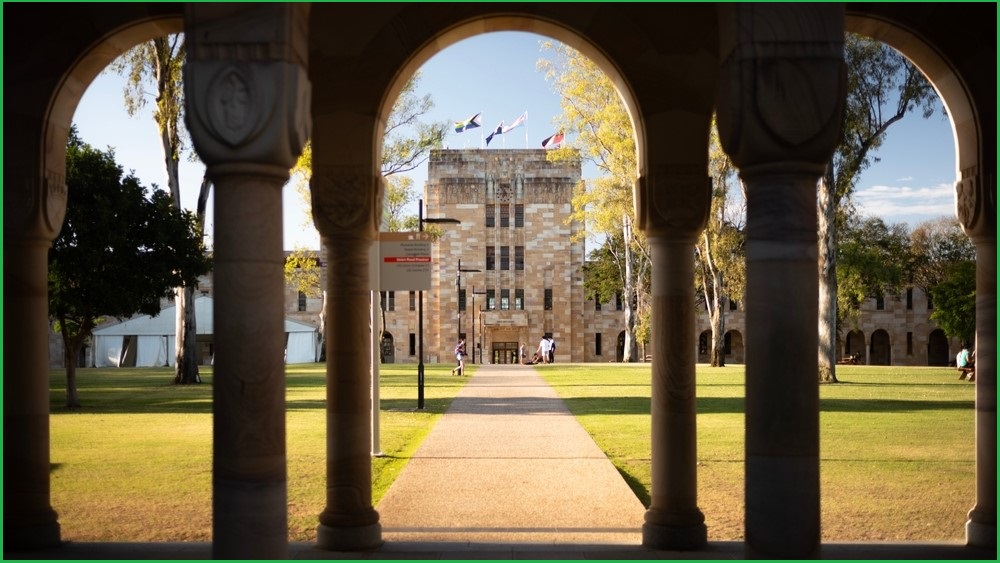On Monday, the federal government more than doubled the application fee for international student visas.
The move is effective immediately and sees the non-refundable fee jump from $710 to $1,600.
The surprise news comes as part of a broader effort to rein in record-breaking migration levels, especially among international students.
As Home Affairs Minister Clare O'Neil said on Monday, the increased fee will make the migration system “fairer [and] smaller”.
Education Minister Jason Clare added the fee increases would also fund “important reforms” such as payments for compulsory work experience and free preparation courses for university.
How do we compare to other countries?
The fee increase means Australia will have student visa application costs way above some of its competitor countries in the international education market.
For example, student visa fees are approximately $277 ($US185) for the United States and about $164 ($C150) for Canada. For the United Kingdom, it is $932 (£490) and for New Zealand it is $343 ($NZD375).
What do universities say?
The move has been met with dismay from the university sector.
The Group of Eight, representing Australia’s top research universities (including University of Sydney and University of Melbourne), described it as a “blatant revenue raising move” and a “massive hit” to the $48 billion sector.
Given the $1,600 fee is not refundable, it may lower the pool of genuine applicants to study in Australia.
This could particularly mean fewer students from developing countries and less cultural diversity on campuses.
It builds on other recent policy changes, including increased English language and savings requirements to study in Australia, as well as plans to put a cap on the number of international students overall.
This has sparked concerns from groups such as Universities Australia that the sector is poised to suffer big financial losses, given the extent to which it relies on international student fees.
I can’t believe that, coming on top of the recent policy impacts on our sector, the Govt have today decided to increase non-refundable student visa fees from AUD $710 to $1600! This will make Australia more than double the cost of other countries. This is exploiting young people!
— Phil Honeywood (@PhilHoneywood) June 30, 2024
How did we get here?
The government has been clear it believes international students have returned much more quickly than anticipated after the reopening of borders.
After the pandemic, the former Morrison government implemented a series of measures to encourage the return of international students, including longer visas and greater work rights.
But these policies have now been changed. As the chart below shows, visa grant rates are at record lows.
This means the government is refusing more international student applications than ever before.
This is especially the case in the vocational education and training sector.
According to a recent government review, this was identified as having the highest number of “dodgy” providers.
So-called “ghost colleges” enrol students who have no real intention of studying and come to Australia in order to work.

Is this a good idea?
The government’s aim to manage migration levels is to a certain extent understandable, particularly in the context of a tight housing market.
But given applications are being refused and there is an overall cap being planned, the fee increase feels like a blunt measure.
It also comes off the back of previous criticism about Albanese government changes to student visas, such as “risk ratings” for institutions.
The argument is, migration integrity measures are being used to drive down overall student numbers, which is not what these systems were set up to do.
This could undermine the original goal of attracting qualified international students.
It also adds to the significant, ongoing degree of uncertainty within universities.
Ultimately, the most important impact on international student numbers will be from the caps, which were announced just before the May budget.
It is not yet clear what these will be or how they will be calculated.
The legislation has been introduced to parliament and is now the subject of Senate inquiry.
There are alternatives
There are other possible measures the government could introduce to limit problems without hurting the overall sector.
For example, the government could consider measures such as limiting student visa extensions in specific locations facing housing shortages.
This will be important if Australia is to balance overall management of its migration program with the continued success of the significant economic benefits it reaps from international students.
Sam Hoang is a research officer at the Centre for International Research on Education Systems at Victoria University.
Peter Hurley is the director of the Mitchell Institute at Victoria University.
This article is republished from The Conversation under a Creative Commons license. Read the original here.









